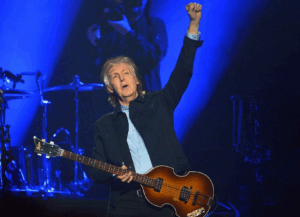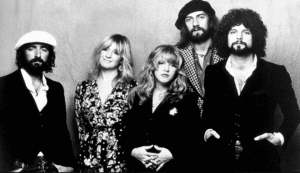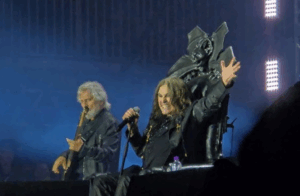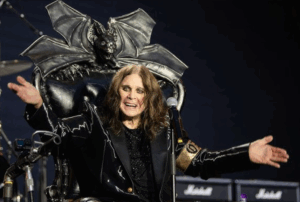The Most Famous 80s Classic Rock Album In The Year You Were Born

AUSTRALIA - OCTOBER 01: SYDNEY ENTERTAINMENT CENTRE Photo of AC DC and AC/DC and Cliff WILLIAMS and Malcolm YOUNG and Chris SLADE and Angus YOUNG and Brian JOHNSON, L-R: Cliff Williams, Malcolm Young, Chris Slade, Angus Young, Brian Johnson - posed, group shot (Photo by Bob King/Redferns)
The 1980s were an unforgettable decade for rock and metal, with bands dropping albums that would define the era and set the stage for future music. Whether you were born during this iconic time or just want to look back, let’s take a trip down memory lane and revisit the biggest classic rock albums of each year from the ‘80s.
1980: Back in Black – AC/DC
AC/DC faced the unimaginable when their lead singer, Bon Scott, passed away in early 1980. Just coming off their success with Highway to Hell, the band was at a crossroads. But with Brian Johnson stepping in, they delivered Back in Black—a tribute to Scott and a monster hit. Tracks like “You Shook Me All Night Long” and “Hells Bells” made this one of the top-selling albums ever. It’s a comeback story for the ages, packed with electrifying rock.
1981: Moving Pictures – Rush
Canadian rock legends Rush hit their stride with Moving Pictures, an album that solidified their place in rock history. It’s only 40 minutes long and has just seven songs, but every track is iconic. “Tom Sawyer” and “Limelight” became anthems, and the band showcased their technical skill while keeping the music accessible. It’s no wonder this is their best-selling record. It proved Rush wasn’t just a band for prog-rock nerds—they were a force to be reckoned with.
1982: The Number of the Beast – Iron Maiden
Iron Maiden hit a whole new level with The Number of the Beast. This was their first album with Bruce Dickinson on vocals, and he brought a new dimension to the band’s sound. The album is full of energy, with songs like “Run to the Hills” and the title track defining what heavy metal could be. This was a game-changer for the genre, and Iron Maiden quickly became one of the biggest names in metal.
1983: Synchronicity – The Police
Synchronicity was the last hurrah for The Police, but man, did they go out with a bang. Recorded during a tense time for the band (thanks to Sting’s personal life), this album produced one of their most famous songs, “Every Breath You Take.” It’s polished, sophisticated, and emotional. Sting was already starting to eye a solo career, and this album felt like both the end of an era and a final masterpiece from the trio.
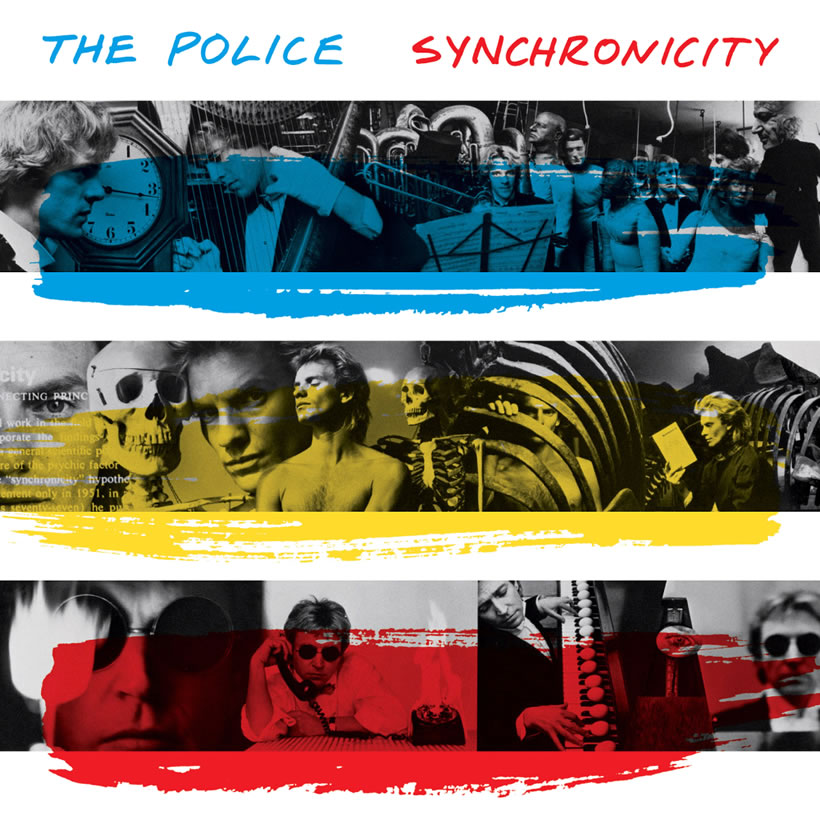
1984: Born in the USA – Bruce Springsteen
By 1984, Bruce Springsteen was already a star, but Born in the USA turned him into a global sensation. This album was packed with hits—seven of its tracks made it to the top 10 of the Billboard charts. Songs like the title track and “Dancing in the Dark” are timeless. Even though the patriotic-sounding “Born in the USA” was often misunderstood, its message about the struggles of Vietnam veterans struck a chord. Springsteen became the voice of American working-class rock, and this album was his megaphone.

1985: Brothers in Arms – Dire Straits
Dire Straits’ Brothers in Arms was one of the definitive albums of the ’80s, largely thanks to the massive hit “Money for Nothing” (and its unforgettable music video). Mark Knopfler’s smooth guitar and the album’s slick production made it stand out, and it became one of the first albums to sell over a million copies in the CD format. Some critics claimed the band had gone too commercial, but Brothers in Arms is still a beloved album that helped shape the sound of the decade.
1986: Master of Puppets – Metallica
Metallica was already making waves, but Master of Puppets placed them as the kings of thrash metal. With its blistering guitar riffs and complex song structures, this album showed that metal could be just as sophisticated as any other genre. The title track, “Master of Puppets,” is an absolute classic, and the album still gets heavy rotation today. It’s widely considered one of the greatest metal albums ever made, and for good reason.
1987: The Joshua Tree – U2
The Joshua Tree was the album that took U2 from rock stars to legends. With its sweeping, atmospheric sound and powerful lyrics, the album became an instant classic. Songs like “With or Without You” and “I Still Haven’t Found What I’m Looking For” became massive hits, and the band’s ability to mix emotional depth with sonic innovation made this album stand the test of time. It’s still U2’s most iconic release, and it pushed them into the upper echelons of rock history.
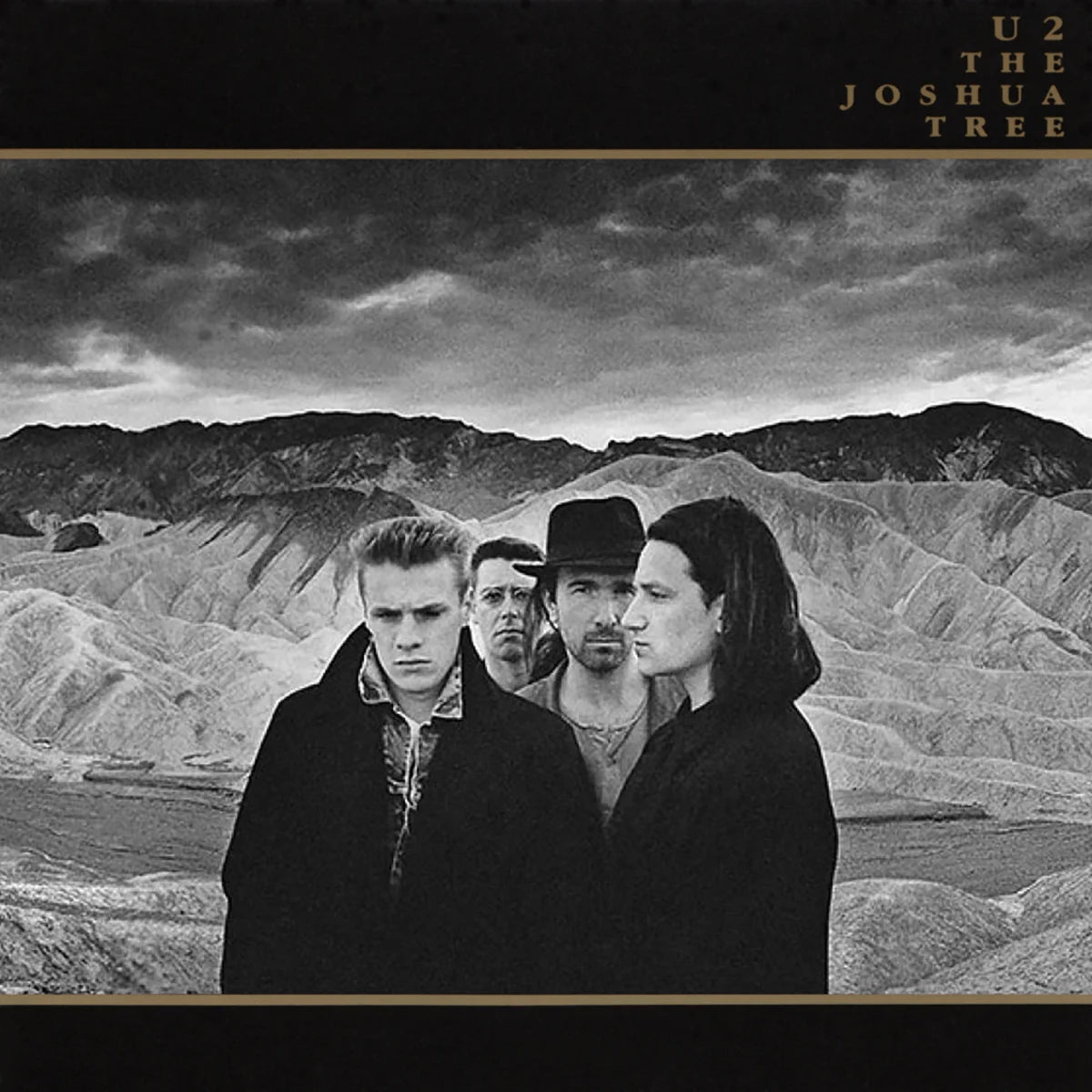
1988: …And Justice for All – Metallica
Metallica kept up their momentum with …And Justice for All. This album was heavier and more complex than anything they’d done before. “One” became one of their most famous tracks, blending haunting melodies with brutal riffs. Despite some controversy over the album’s mixing (you can barely hear the bass), …And Justice for All is still considered a landmark in metal, laying the groundwork for the band’s rise to superstardom.
1989: Disintegration – The Cure
By the end of the ’80s, The Cure had already built a reputation as one of the pioneers of gothic rock, and Disintegration was the crown jewel of their career. This album was darker and more atmospheric than anything they’d done before, with tracks like “Pictures of You” and “Lovesong” becoming instant fan favorites. It was a return to their gloomy roots, and even though their label initially had doubts, Disintegration became one of the most influential albums of its time.
These albums didn’t just shape the ’80s—they influenced generations of musicians to come. From AC/DC’s gritty hard rock to U2’s atmospheric anthems, the decade was a melting pot of innovation, emotion, and unforgettable moments. The 80s rock music reminds us why these records are timeless.














